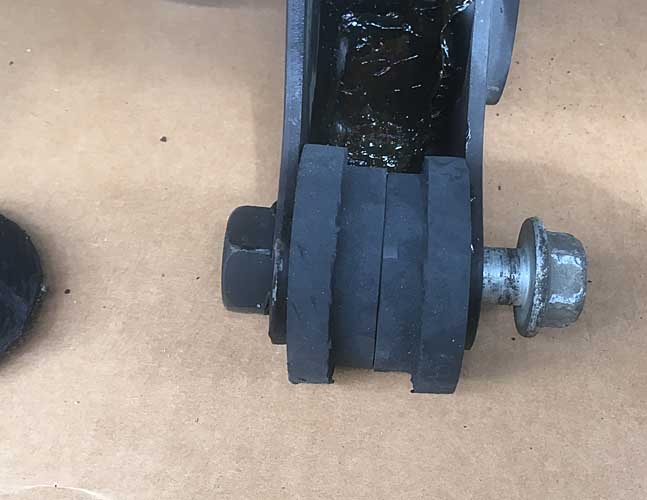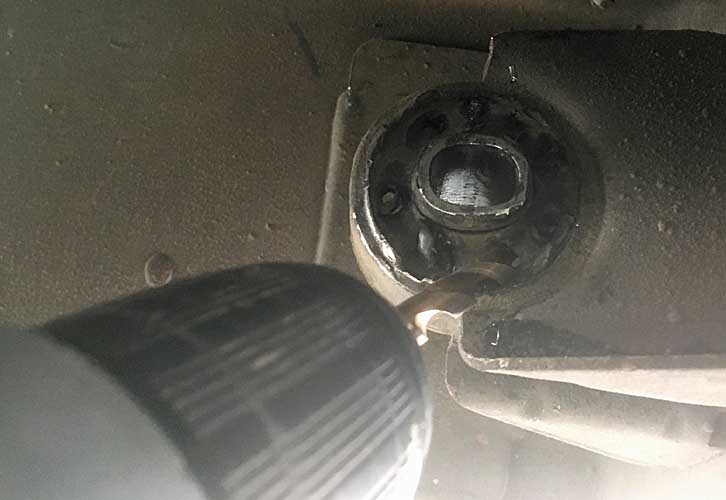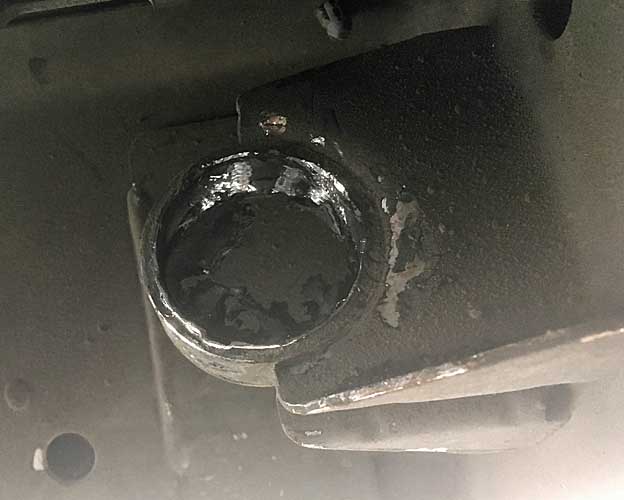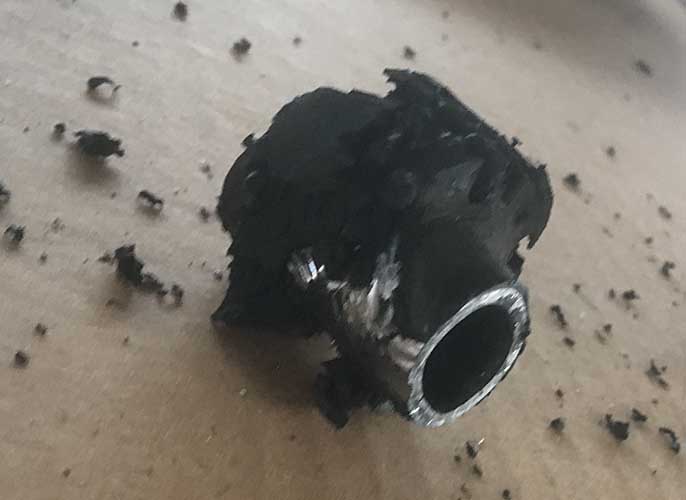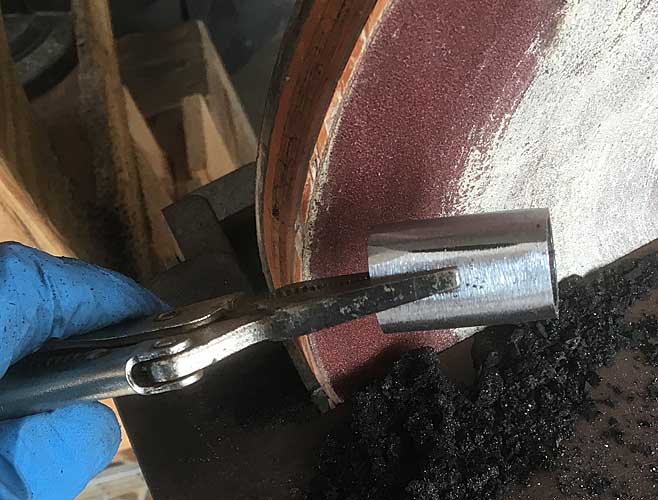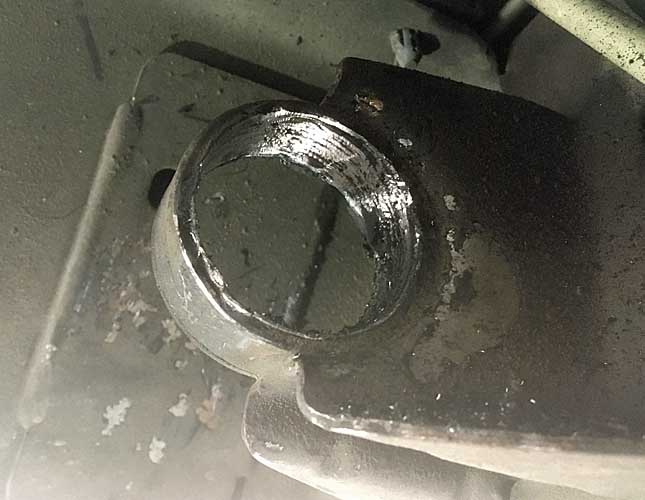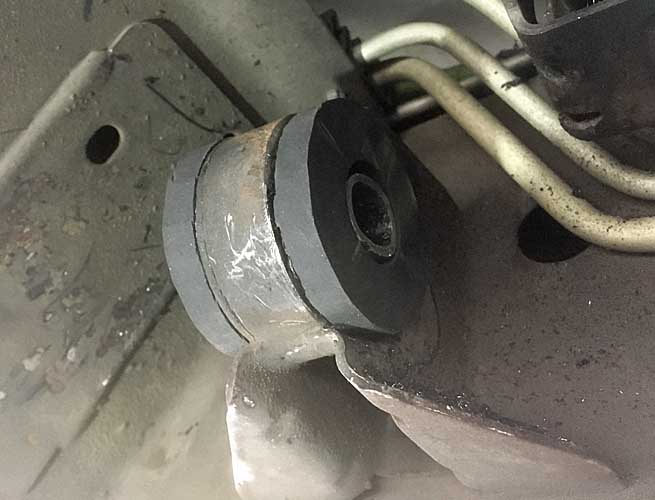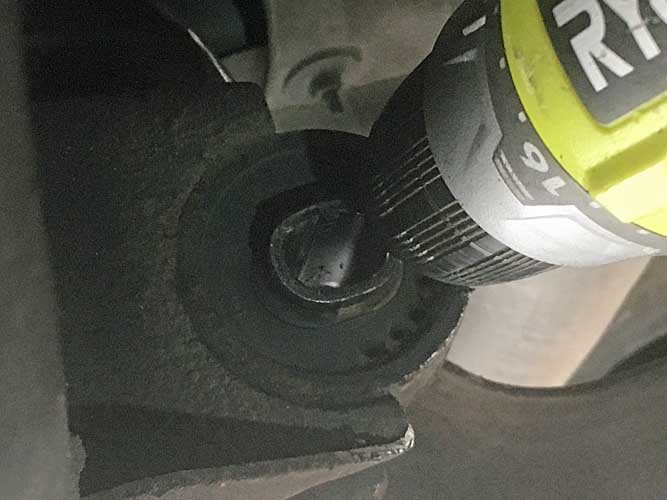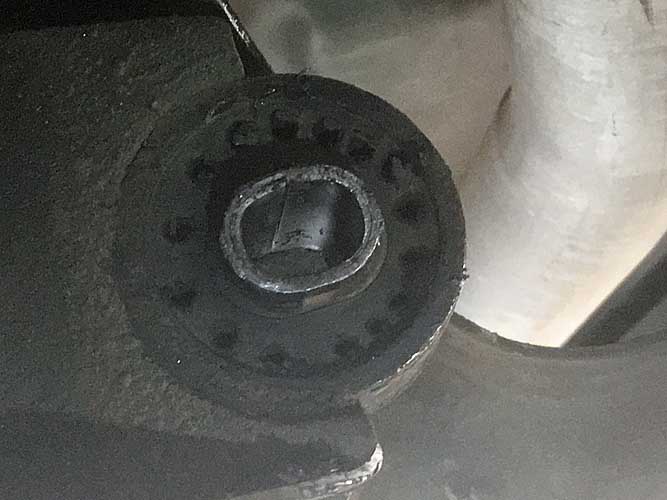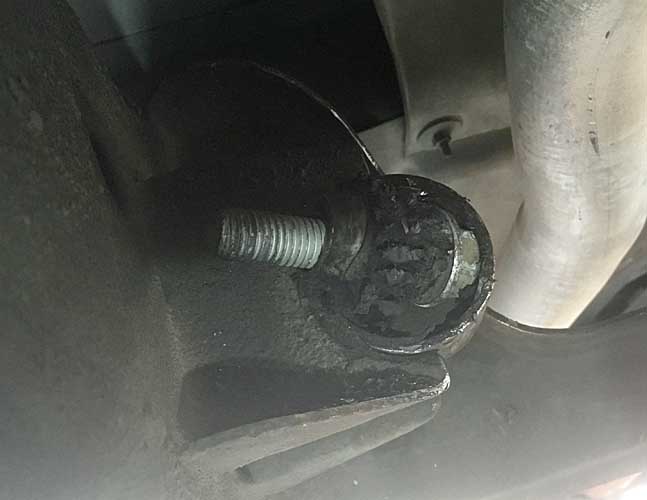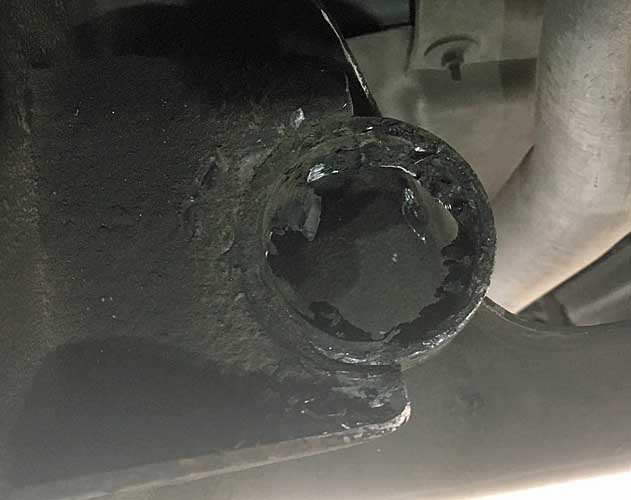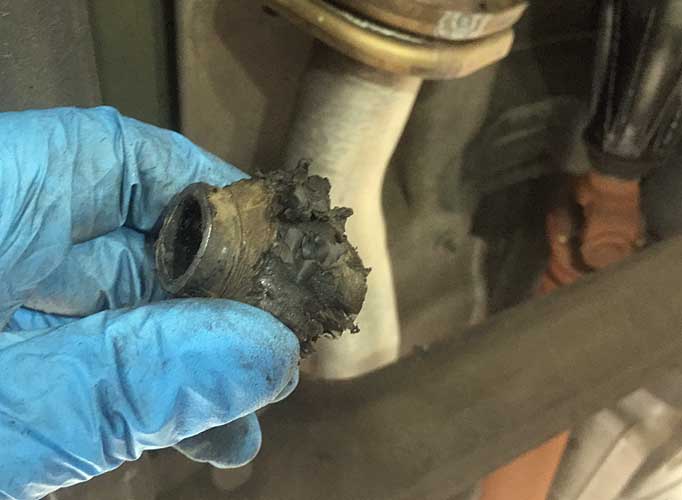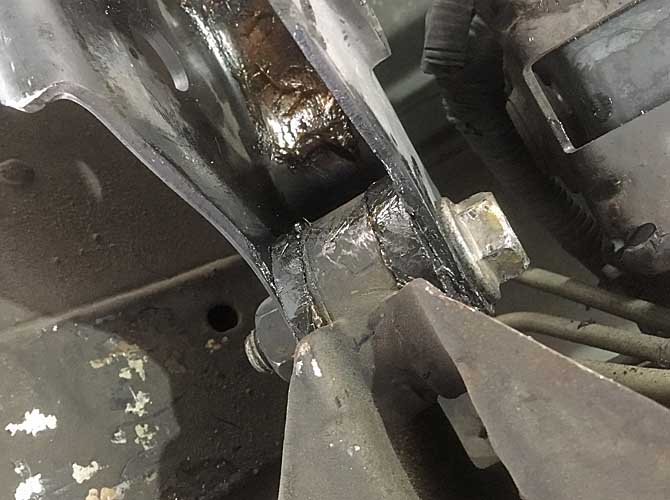rho
Lost again
@rho and oh hey, if you are going the torsion key route on that 2wd pickup, I have my stock Sub Z71 keys sitting around in the box my Rancho lift keys cam in. I've read before that the stock 4wd/Z71 keys are supposed to provide a similar amount of lift over the stock pickup keys. I don't have that reference bookmarked, but have seen people mention it. They're yours for a reasonable low price, not much more than the cost of shipping those heavy things. I have a pic somewhere of the old keys on top of the new (or vice versa) to illustrate how much the hex-shaped hole is rotate in the key. I could take a pic of my stock key and maybe you can compare it to yours to get a good idea if they'll provide you with enough difference from your factory keys.
found the old pics, the Rancho lift key is on the bottom. If you print that pic out life-size and lay it on your factory key you ought to get a similar rotational offset, IIRC. It was a posting one of the GM truck / SUV boards that had the details, don't think it was Pirate4x4.
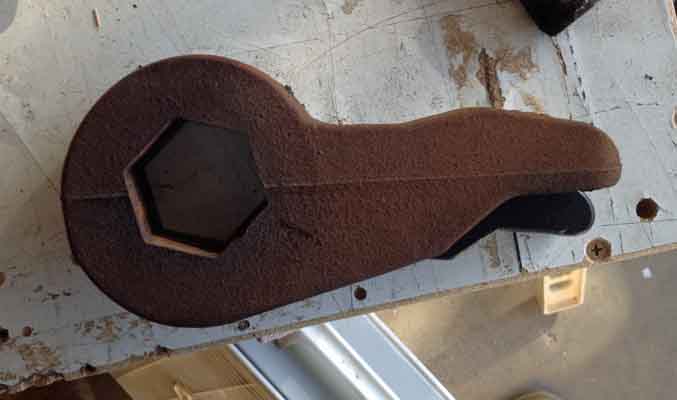
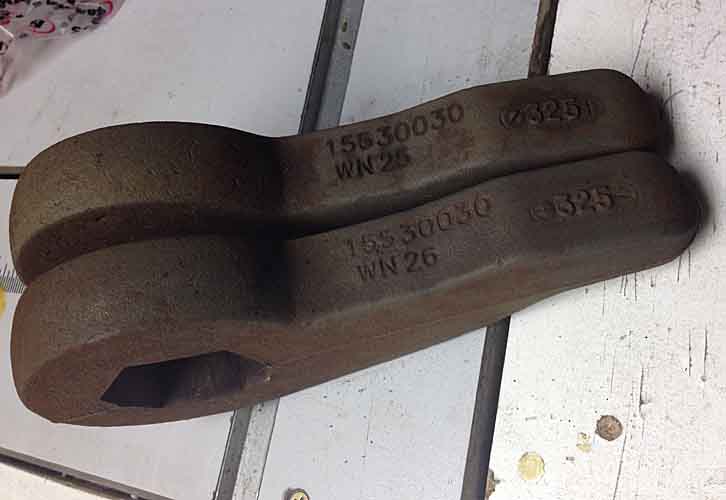
eta weirdness, that part number comes up listed as both an OEM part for all manner of GM trucks and SUVS spanning GMT400, 800 and later, but it also is presented as a 'leveling kit' to take out the factory nose-down attitude.
I will say I got almost as much height cranking on the stock keys as I did the aftermarket 'leveling' keys. The only difference seemed to be that stock the adjusting bolt only had a couple threads left before it bottomed out - AND more importantly the bolt heads were nestled down in the crossmember vs the aftermarket keys leave the bolt 8-9 threads clear and the bolt heads hang out the bottom of the crossmember. Not good if you are going to grind the frame rails over something.
The rotational angle of the lower control arms and CVs is the same with either key, the aftermarket key will just let you drive things far enough to bottom the upper control arm against the movement stop, which is a Bad Idea.
So I might suggest noting where your torsion adjuster bolt is right now, how many threads between the bolt head and the crosskey and put some turns on them and see what a good ride height is for you, using the factory keys. You may not need to spend any money on keys, aftermarket or mine. It's an 18mm bolt and unless it's rusty as hell you can turn them readily enough with a breaker bar with the vehicle sitting on the ground. Just shoot them first with penetrating oil. Easier if you jack the front wheels off the ground. Measure the height of your wheel well opening over the front hubs as a reference point before you start and as you finish. And you will almost certainly find the vehicle is sitting unevenly before you even begin as the driver side typically sags from always having the driver weight in the vehicle.
Right on, that is some stuff I'll keep in mind... Sounds like I need to make a pick n pull trip sometime to see if I can scare up a torsion bar mount crossmember and a couple torsion bars and maybe see what other differences there are besides the obvious ones like LCAs, shocks, etc. So far this is a lot easier than a ax15/NP242 swap i did on an XJ years ago.
I do need to start asking people around here if I can take measurements off all of this stuff on their truck, hah.
I think this weekend, weather permitting... I'll tackle the coil spring spacers in the front and the additional leaf in the rear and also get the last of the bushings that I should have replaced but didn't the last time I had it apart because I'm an idiot.
I'm toying with the idea of putting in my home-made torsion bushings either tomorrow or Wednesday. Right now I have both days mostly free. And the torsion bar unloading tool is 'free'. Don't have my lower control arms yet, but it is quick work to dismantle the torsion setup especially with air tools. I don't really want to wait for a month+ to find out how they'll fit and work. And if I put them in now I can be learning that now and in the coming weeks, while I maybe get the polyurethane bushings to modify. and I have to get under there again anyway, something is STILL knocking around on stops and starts as the vehicle body weight shifts fore-aft. Got to find out what that is before something breaks at an inopportune time.
I hope the install goes well! Air tools or a good electric impact really make working on this stuff so much easier. I already know I can't get the control arm bolts out without power tools, which is frustrating but it is what it is. I'm curious how the bushing experiment goes, I haven't heard of a lot of people making their own from hocky pucks. Would making something out of polyurathane or delrin or something work in case the rubber doesn't work out?
We're chasing a similar fore/aft loading/unloading knock somewhere on our truck. That kind of stuff drives me NUTS and its such a huge pain playing find-the-clunk. Hoping yours isn't too bad to find and fix!
Last edited:

